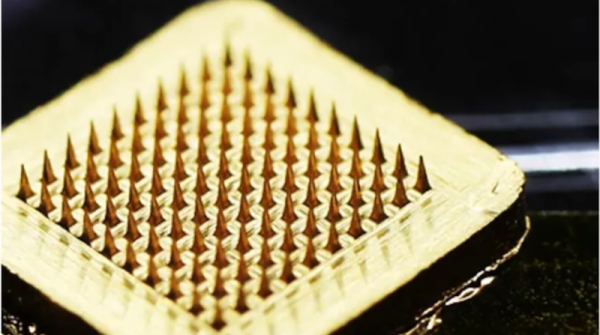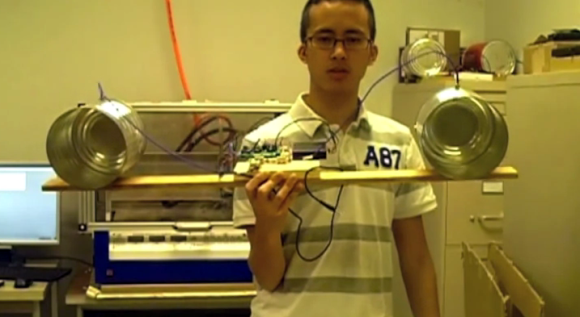We often look at news out of the research community and think, “we could build that.” But the latest brain-machine interface from an international team including the Georgia Institute of Technology actually scares us. It uses an array of tiny needles that penetrate the skin but remain too small for your nerves to detect. Right. We assume they need to be sterile but either way, we don’t really want to build a pin grid array to attach to your brain.
It seems the soft device is comfortable and since it is very lightweight it doesn’t suffer from noise if the user blinks or otherwise moves. Looking at the picture of the electrodes, they look awfully pointy, but we assume that’s magnified quite a few times, since the post mentions they are not visible to the naked eye.













